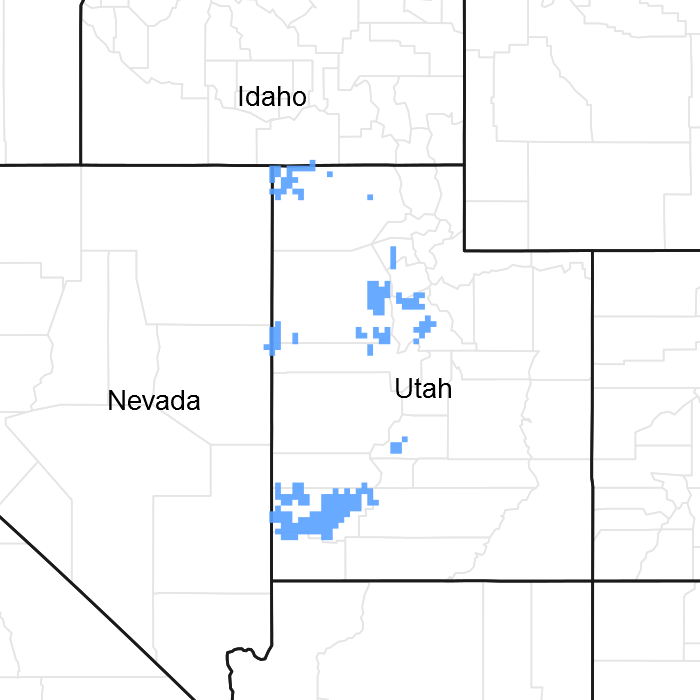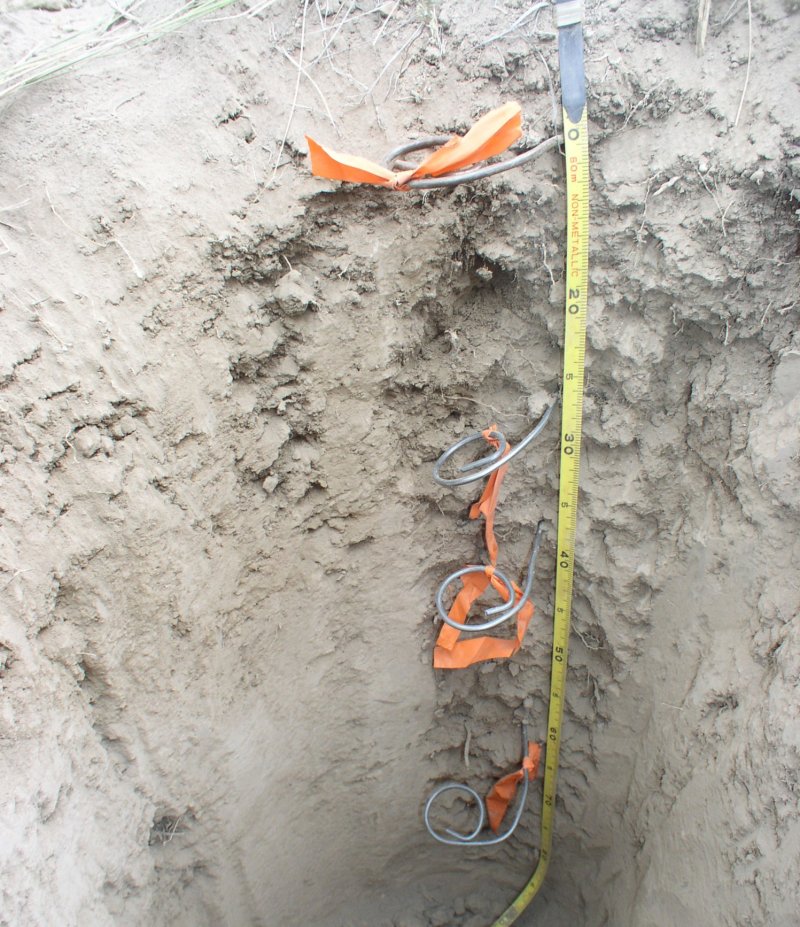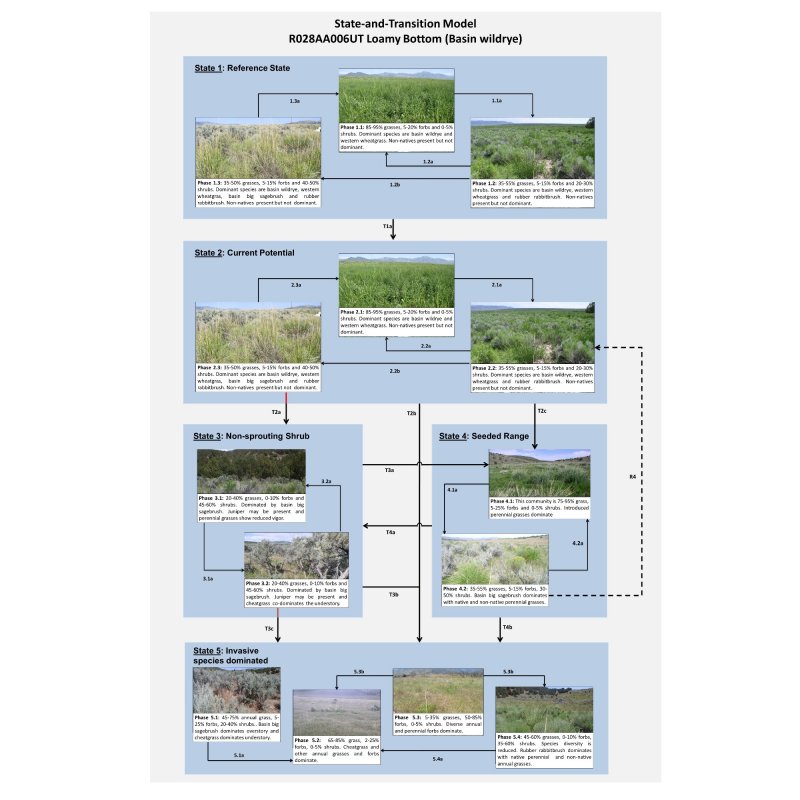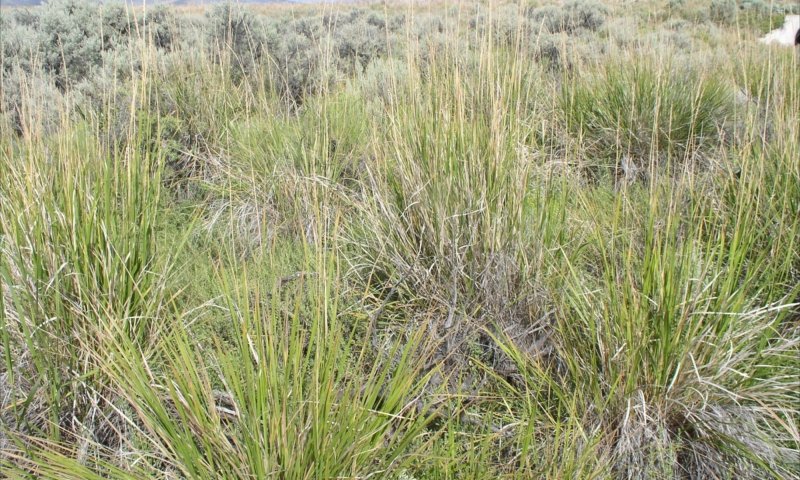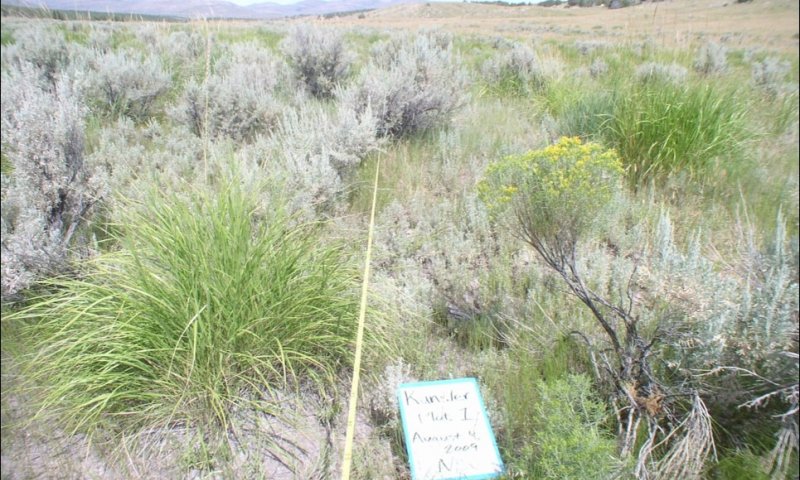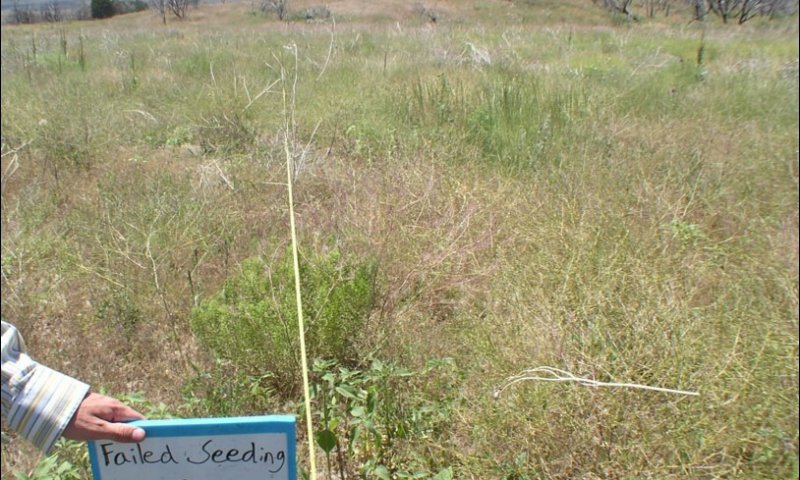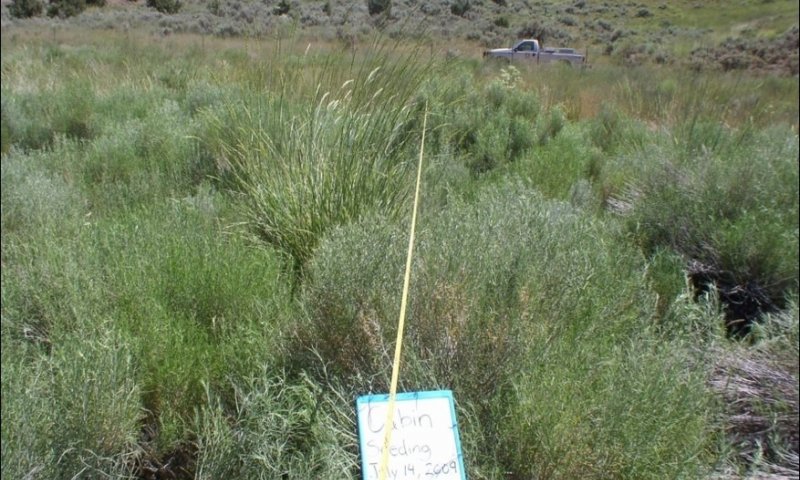Ecological dynamics
Historic vegetation on the Loamy Bottom (basin wildrye) site was dominated by tall (up to 7 feet) cool season grasses, which are adapted to occasional high water tables. Other significant vegetation includes a variety of forbs and shrubs.
The dominant aspect of the Loamy Bottom site was grasses. The composition and production will vary naturally due to location (north to south of the MLRA), fluctuating precipitation, and fire return interval.
Due to the abundant forage, thermal cover, and often close proximity to water sources, the Loamy Bottom site has a high probability of receiving grazing pressures from domestic and wildlife grazers as well as having received historical grazing pressure.
Great basin wildrye is sensitive to spring grazing and clipping and frequent herbage removal during the growing season (Perry and Chapman 1976). Thus, under repetitive harvesting, Great basin wildrye can be “grazed out” of the system. As ecological condition deteriorates due to improper grazing, cool season grasses, Great basin wildrye, and Nevada bluegrass decrease in frequency and production. The ungrazed plants or grazing tolerant plants such as basin big sagebrush, rabbitbrush, and others will increase in frequency and production. This increase combined with the declining perennial grasses can lead to a site dominated by sagebrush and rabbitbrush with little to no understory. The area without an understory of perennial grasses and forbs has little value as a functioning ecosystem.
As a result of the grass dominated system, the Loamy Bottom site had thick root mass and high vegetation production which created and maintained an organic layer and a mollic epipedon. If the perennial grasses are removed from the system, it is typical to see a decrease in organic matter and accelerated erosion.
Great Basin wildrye is also susceptible to black grass bugs. Black grass bugs populations will invade a site, and can destroy most of the living grasses.
The fire regime for this site is similar to the surrounding sagebrush lands. The intensity of a fire determines the vegetation succession and structure. Low intensity or ground fires typically result in the removal of litter and decadent grasses while maintaining the nominal shrub cover, while higher intensity fires will remove the shrub species. After normal to high intensity fires, basin big sagebrush decreases while rubber rabbitbrush increases. If the fire regime is suppressed, this site may be invaded by junipers.
Because of the position on the landscape, this site is typically one of the first to be invaded. Junipers will start to creep down into the sagebrush lands by using this site as a corridor. The fire transition stages are relatively short lived and tend to be mosaic in nature.
If halogeton, Russian thistle, cheatgrass, or other invasive species invade the site concurrent to the area being stressed through disturbances or drought they are likely to invade and dominate this site.
When more information is available, this section will include a discussion of seral stages; fire influence and effects; effects of prolonged wet or dry periods; resistance to change; the influence of such things as grazing, rodent concentrations, insects, diseases, introduced species, and soil erosion or deposition; other stable vegetative states associated with this site as a result of extreme disturbance.
State 1
Reference State
The Reference State contains plant communities presumed to occur prior to the introduction of non-native plants, livestock grazing, and other modern disturbances. Disturbance regimes resemble those described above in the ecological dynamics section.
Community 1.1
Grasses/Forbs/Shrubs
The Grasses/Forbs/Shrubs community is dominated by basin wildrye. Other significant herbaceous species in the plant community include western wheatgrass, Nevada bluegrass, longleaf hawksbeard and arrowleaf balsamroot. Phase 1.1 is 85 to 95 percent grasses, 5 to 20 percent forbs, and 0 to 5 percent shrubs. Basin wildrye, western wheatgrass, and native forbs re-grow vigorously shortly after a fire by taking advantage of the resulting nutrient pulse. This phase can also result from extended wet periods that negatively impact shrubs.
Table 5. Annual production by plant type
| Plant type |
Low
(lb/acre) |
Representative value
(lb/acre) |
High
(lb/acre) |
| Grass/Grasslike |
630 |
1050 |
1820 |
| Shrub/Vine |
180 |
300 |
520 |
| Forb |
90 |
150 |
260 |
| Total |
900 |
1500 |
2600 |
Table 6. Ground cover
| Tree foliar cover |
0%
|
| Shrub/vine/liana foliar cover |
10-15%
|
| Grass/grasslike foliar cover |
25-50%
|
| Forb foliar cover |
2-10%
|
| Non-vascular plants |
0%
|
| Biological crusts |
0-1%
|
| Litter |
3-9%
|
| Surface fragments >0.25" and <=3" |
0-1%
|
| Surface fragments >3" |
0%
|
| Bedrock |
0%
|
| Water |
0%
|
| Bare ground |
5-14%
|
| Jan |
Feb |
Mar |
Apr |
May |
Jun |
Jul |
Aug |
Sep |
Oct |
Nov |
Dec |
| J |
F |
M |
A |
M |
J |
J |
A |
S |
O |
N |
D |
Community 1.2
Grasses/Shrubs/Forbs
Phase 1.2 has 35 to 55 percent grasses, 5 to 15 percent forbs, and 20 to 30 percent shrubs. Rubber rabbitbrush and basin big sagebrush increase in dominance due to more than a decade without fire or extended wetting of the rooting zone.
Community 1.3
Shrubs/Grasses/Forbs
Phase 1.3 is 35 to 50 percent grasses, 5 to 15 percent forbs, and 40 to 50 percent shrubs. Basin big sagebrush becomes the dominant shrub, though rabbitbrush and greasewood may also be present. This phase occurs 25 to 60 years after fire or an extended wet period. Nutrients have a patchy distribution in the system associated with shrub islands of fertility.
Pathway 1.1a
Community 1.1 to 1.2
Community pathway 1.1a represents natural succession 3 to 10 years after fire and without extended wet periods in the plant rooting zone as shrubs become established and begin to gather nutrients into islands of fertility (Schlesinger and Pilmanis 1998).
Pathway 1.2a
Community 1.2 to 1.1
Community pathway 1.2a represents natural succession without fire or extended wet periods. This pathway usually occurs gradually as sagebrush increases in dominance, out-competing other species for resources. Nutrients are increasingly tied up in wood.
Pathway 1.2b
Community 1.2 to 1.3
Community pathway 1.2b is the result of fire or a wet period severe enough to kill shrubs. Perennial grasses and forbs increase in vigor following fire and less so following extended wet periods.
Pathway 1.3a
Community 1.3 to 1.1
Community pathway 1.3a occurs when fire or an extended wet period is severe enough to remove shrubs. Natural fire interval is presumed to be 40-60 years. Perennial grasses and forbs increase in vigor following fire and less so after extended wet periods.
State 2
Current Potential State
The Current Potential State functions comparably to the Reference State, although non-native plant species are present in the community. Under proper management, the current potential state maintains the ecological processes and community phases that were present in the Reference State.
Community 2.1
Grasses/Forbs/Shrubs/Non-native sp
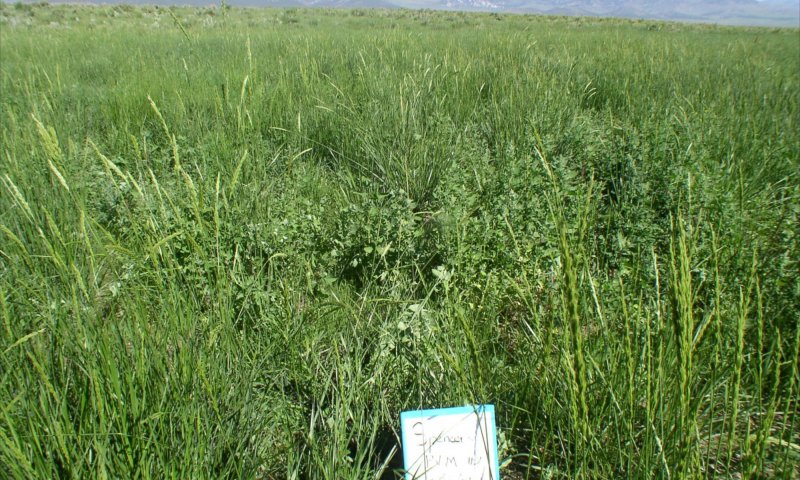
Figure 11. Example of Community Phase 2.1
Phase 2.1 is 85 to 95 percent grasses, 5 to 20 percent forbs, and 0 to 5 percent shrubs. Basin wildrye, western wheatgrass, and native forbs re-grow vigorously shortly after a fire by taking advantage of the resulting nutrient pulse. This phase can also result from extended wet periods that negatively impact shrubs. Non-native species are present, but not dominant.
Community 2.2
Grasses/Shrubs/Forbs/Non-native sp.
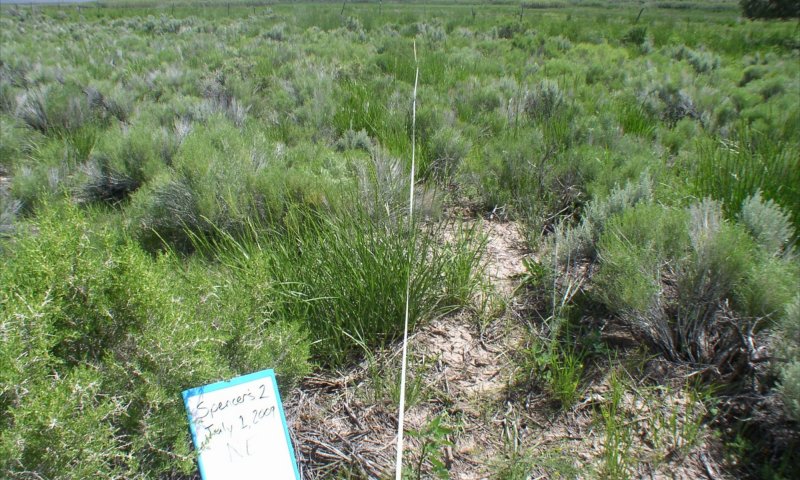
Figure 12. Example of Community Phase 2.2
Phase 2.2 has 35 to 55 percetn grasses, 5 to 15 percent forbs and 20 to 30 percent shrubs. Rubber rabbitbrush and basin big sagebrush increase in dominance due to more than a decade without fire or extended wetting of the rooting zone. Non-native species are present, but not dominant.
Community 2.3
Shrubs/Grasses/Forbs/Non-native sp.
Phase 2.3 is 35 to 50 percent grasses, 5 to 15 percetn forbs, and 40 to 50 percent shrubs. Basin big sagebrush becomes the dominant shrub, though rabbitbrush and greasewood may also be present. This phase occurs 25 to 60 years after fire or an extended wet period. Nutrients have a patchy distribution in the system associated with shrub islands of fertility. Non-native species are present, but are not dominant.
Pathway 2.1a
Community 2.1 to 2.2
Grasses/Forbs/Shrubs/Non-native sp
Grasses/Shrubs/Forbs/Non-native sp.
Community pathway 2.1a represents natural succession 3 to 10 years after fire and without extended wet periods in the plant rooting zone as shrubs become established and begin to gather nutrients into islands of fertility (Schlesinger and Pilmanis 1998).
Pathway 2.2a
Community 2.2 to 2.1
Grasses/Shrubs/Forbs/Non-native sp.
Grasses/Forbs/Shrubs/Non-native sp
Community pathway 2.2a represents natural succession without fire or extended wet periods. This pathway usually occurs gradually as sagebrush increases in dominance, out-competing other species for resources. Nutrients are increasingly tied up in wood.
Pathway 2.2b
Community 2.2 to 2.3
Grasses/Shrubs/Forbs/Non-native sp.
Shrubs/Grasses/Forbs/Non-native sp.
Community pathway 2.2b is the result of fire or wet period severe enough to kill shrubs. Perennial grasses and forbs increase in vigor following fire and less so following extended wet periods.
Pathway 2.3a
Community 2.3 to 2.1
Shrubs/Grasses/Forbs/Non-native sp.
Grasses/Forbs/Shrubs/Non-native sp
Community pathway 2.3a occurs when fire or an extended wet period are severe enough to remove shrubs. Natural fire interval is presumed to be 40 to 60 years. Perennial grasses and forbs increase in vigor following fire and less so following extended wet periods.
State 3
Non-Sprouting Shrub State
The Non-Sprouting Shrub State is characterized by increased shrub dominance in the community at the expense of native perennial bunchgrasses. The combination of lack of fire and reduced perennial grass dominance decreases the site's resistance to invasion by cheatgrass and other invasive species, which co-dominate the understory and the seed bank. Drought and/or improper grazing contribute to reductions in perennial grass. Drought may be due to a lowered water table or altered site hydrology from wells, diversions or other obstructions to runoff and subsurface flow. Even if drought or grazing pressure is remediated, sagebrush dominance and non-native species in the understory and seed bank preclude the re-establishment of perennial grass dominance.
Community 3.1
Shrubs/Grasses/Forbs/Utah Juniper
Phase 3.1 is 20 to 40 percent grasses, 0 to 10 percent0 forbs, and 45 to 60 percent shrubs. Improper grazing or drought cause the perennial grasses to lose vigor, while basin big sagebrush dominates the site. Utah juniper may be present and can shade out other species, decrease soil moisture, and tie up nutrients for extended periods of time.
Community 3.2
Shrubs/Non-native grasses-native grasses/Forbs/Utah Juniper

Figure 13. Example of Community Phase 3.2.
Phase 3.2 is 20 to 40 percent grasses, 0 to 10 percent forbs, and 45 to 60 percent shrubs. Perennial grasses are still present in the understory, but cheatgrass is at least co-dominant. Utah juniper may be present and can shade out other species, decrease soil moisture, and tie up nutrients for a very long time. Basin big sagebrush often dominates. This community is at-risk of crossing a threshold that leads to cheatgrass dominance. Potential indicators of this at-risk community are: less than 5 percent foliar cover of basin wildrye, greater than 70 percent shrub foliar cover, greater cheatgrass cover than perennial grass cover, and/or extremely low perennial grass seed production.
Pathway 3.1a
Community 3.1 to 3.2
Shrubs/Grasses/Forbs/Utah Juniper
Shrubs/Non-native grasses-native grasses/Forbs/Utah Juniper
Community pathway 3.1a represents further reductions in perennial grass vigor due to continued improper grazing, drought and/or fire.
Pathway 3.2a
Community 3.2 to 3.1
Shrubs/Non-native grasses-native grasses/Forbs/Utah Juniper
Shrubs/Grasses/Forbs/Utah Juniper
Community pathway 3.2a can only occur if the site hydrology is not altered. Chemical brush management, prolonged periods of proper grazing and lack of fire are required to restore perennial grass vigor. Increased seed production and perennial grass cover are indicators of this pathway.
State 4
Seeded Range State
The Seeded Range State includes successful range seedings and old range seedings that have re-established native plant dominance.
Community 4.1
Introduced perennial grasses/forbs/shrubs
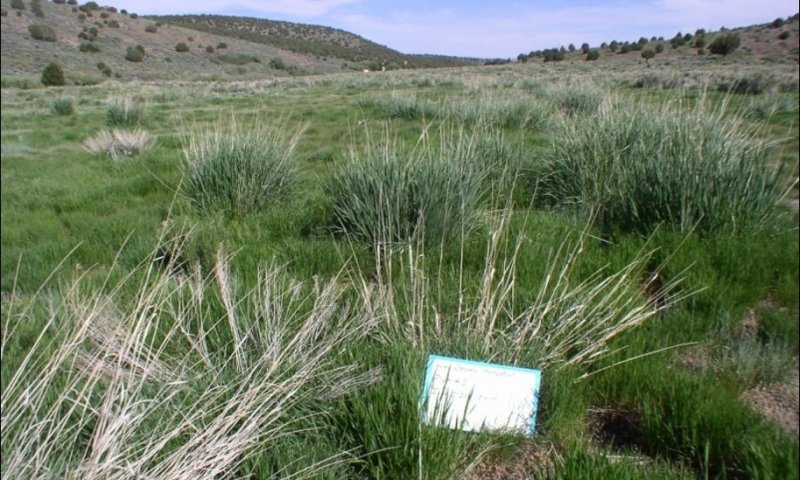
Figure 14. Example of Community Phase 4.1.
Phase 4.1 is a successful range seeding. It is 75 to 95 percent grass, 5 to 25 percent forbs, and 0 to 5 percent shrubs. Introduced perennial grasses dominate. Some non-native invasive species may increase after seeding and some soil loss may occur when soil is disturbed.
Community 4.2
Grass-shrubs/forbs
Phase 4.2 is a range seeding that has been re-invaded by basin big sagebrush and native grasses and forbs. It is 35 to 55 percent grass, 5 to 15 percent forbs, and 30 to 50 percent shrubs. Ecological function is presumed to be similar to the current potential state due to perennial grass dominance in the understory and sagebrush dominance in the overstory. Non-native perennial grasses and invasive species are present but not dominant.
Pathway 4.1a
Community 4.1 to 4.2
Introduced perennial grasses/forbs/shrubs
Community pathway 4.1 is a natural re-invasion of the range seeding by basin big sagebrush, basin wildrye, western wheatgrass and other native species. This pathway occurs gradually over decades with proper grazing, functioning site hydrology and lack of fire. Even under these conditions, however, this pathway may not always occur.
Pathway 4.2a
Community 4.2 to 4.1
Introduced perennial grasses/forbs/shrubs
Community pathway 4.2 is brush management to increase grass production. This pathway may also result in increased rabbitbrush and non-native invasive species.
State 5
Invasive Annual Grass State
The Invasive Annual Grass State maintains itself by increasing fire frequency and efficiently utilizing available nitrogen resources in the soil. Diverse invasive forbs and annual grasses such as Russian thistle, jointed goatgrass, squarrose knapweed, and various non-native thistles can be productive in this state, but cheatgrass is the dominant species. Basin wildrye may be present if the water table has not dropped significantly.
Community 5.1
Annual grasses/shrubs/forbs
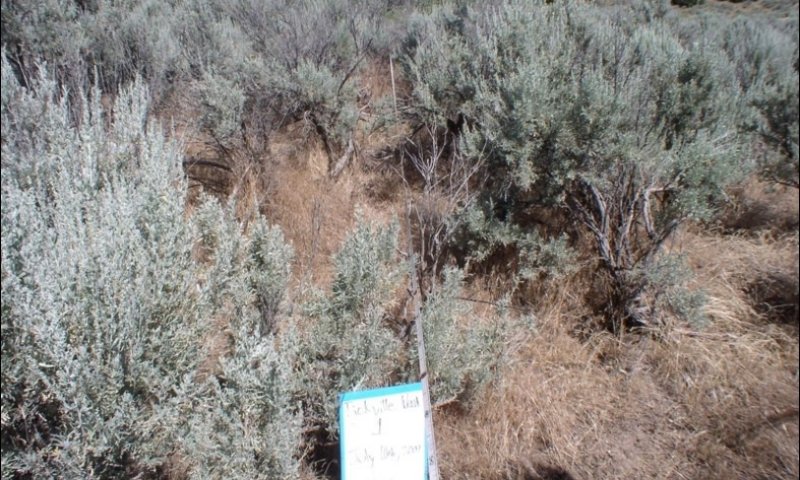
Figure 15. Example of Community Phase 5.1
Phase 5.1 has 45 to 75 percent grass, 5 to 25 percent forbs, and 20 to 40 percent shrubs. Big sagebrush dominates the overstory and cheatgrass dominates the understory. Various other invasive forbs and grasses may be very productive as well.
Community 5.2
Annual grass/forbs/shrubs

Figure 16. Example of Community Phase 5.2
Phase 5.2 has 65 to 85 percent annual grass, 5 to 25 percent forbs, and 0 to 5 percent shrubs. Cheatgrass dominates and various other invasive forbs and grasses may be very productive as well. There are no known pathways out of phase 5.1.
Community 5.3
Forbs/grasses/shrubs
Phase 5.3 represents a range seeding with poor establishment of seeded species. This phase usually lasts 1 to 5 years and is dominated by annual sunflower (Helianthus annuus) and other native and non-native forbs. Soil stability is likely to be reduced in this phase and the risk of accelerated soil loss should be recognized.
Community 5.4
Grasses/shrubs/forbs
Phase 5.4 is the recovery of native species after a failed range seeding due to favorable conditions and a viable seed bank 2 to 5 years after the seeding attempt. This phase is characterized by rubber rabbitbrush co-dominance with native and non-native perennial grasses. Forb diversity is often reduced in this phase and invasive species are abundant, but not dominant.
Pathway 5.1a
Community 5.1 to 5.2
Annual grasses/shrubs/forbs
Annual grass/forbs/shrubs
Community pathway 5.1a occurs when fire triggers a removal of shrubs and subsequent dominance of cheatgrass.
Pathway 5.3a
Community 5.3 to 5.2
Annual grass/forbs/shrubs
Community pathway 5.3a occurs when a failed seeding is subject to cheatgrass establishment. Cheatgrass seed can come from the seed bank or adjacent land.
Pathway 5.3b
Community 5.3 to 5.4
Community pathway 5.3b represents the recovery of a failed seeding due to conditions that are naturally favorable for perennial grass seedling establishment. This recovery occurs within 2 to 5 years after a seeding and is a matter of chance rather than management. Co-dominance of perennial species and non-native invasive species results.
Pathway 5.4a
Community 5.4 to 5.2
Annual grass/forbs/shrubs
Community pathway 5.4 results from multiple fires and/or improper livestock grazing that reduce the vigor of rubber rabbitbrush and perennial grasses. Cheatgrass becomes increasingly dominant.
Transition T1a
State 1 to 2
Transition T1a represents the introduction of non-native plant species associated with European settlement. This transition is irreversible since eradication of non-native species would require costly management inputs; however, this transition results in minimal functional change.
Transition T2a
State 2 to 3
Transition T2a occurs when perennial grasses decrease due to prolonged improper grazing and/or drought. Shrubs increase in dominance and alter the distribution of nutrients and availability of light to the subcanopy. The threshold is crossed when perennial grasses are no longer able to recover even in the event of brush removal. An indicator of crossing a threshold is reduced perennial plant vigor, particularly in reproductive capability.
Transition T2c
State 2 to 4
Transition T2c occurs when brush is removed and perennial grass seed is introduced in conditions that are favorable for seedling establishment. Water and nutrients are available to seeded species and they establish well and reinforce their own dominance on the site by efficiently using available resources.
Transition T2b
State 2 to 5
Transition T2b occurs when brush is removed and perennial grass seed is introduced in conditions that are not favorable for seed establishment, such as drought. The transition is triggered by brush removal that frees up resources on the site. However, due to poor conditions relating to seed germination and establishment of desired species, the seeding fails and resources become available for the increased germination and establishment of non-native invasive species.
Transition T3a
State 3 to 4
Transition T3a occurs when brush is removed and perennial grass seed is introduced in conditions that are favorable for seedling establishment. Water and nutrients are available to seeded species and they establish well and reinforce their own dominance on the site by efficiently using available resources.
Transition T3b/T3c
State 3 to 5
Transition T3b occurs when brush is removed and perennial grass seed is introduced under conditions that are not favorable for seedling establishment. The transition is triggered by brush removal that frees up resources on the site. . However, due to poor conditions relating to seed germination and establishment of desired species, the seeding fails and resources become available for the increased germination and establishment of non-native invasive species.
Transition T3c occurs when perennial grass cover and seed production are negligible and cheatgrass becomes more dominant than perennial grasses. Usually fire coupled with prolonged improper grazing and/or drought triggers the feedback switch. However, this transition can occur in the absence of fire if perennial grasses become less dominant than cheatgrass.
Restoration pathway R4a
State 4 to 2
Restoration pathway R4a occurs when long-term proper grazing efforts and favorable weather conditions allow for native plant establishment in an established seeding of perennial non-native grasses. Big sagebrush and perennial grasses drive ecosystem processes such that the distribution of water, nutrients and light is similar to that of the Current Potential State (State 2).
Transition T4a
State 4 to 3
Transition T4a occurs when perennial grasses decrease due to prolonged improper grazing and/or drought. Shrubs increase in dominance and alter the distribution of nutrients and availability of light to the sub-canopy. The threshold is crossed when perennial grasses are no longer able to recover even in the event of brush removal. An indicator of crossing a threshold are shrub dominance and reduced perennial grass vigor, particularly in reproductive capability.
Transition T4b
State 4 to 5
Transition T4b occurs when a failed seeding results in cheatgrass dominance. This transition is most likely to occur when cheatgrass seed is abundant in the understory and can result from high cheatgrass seed production on site or on adjacent land.


